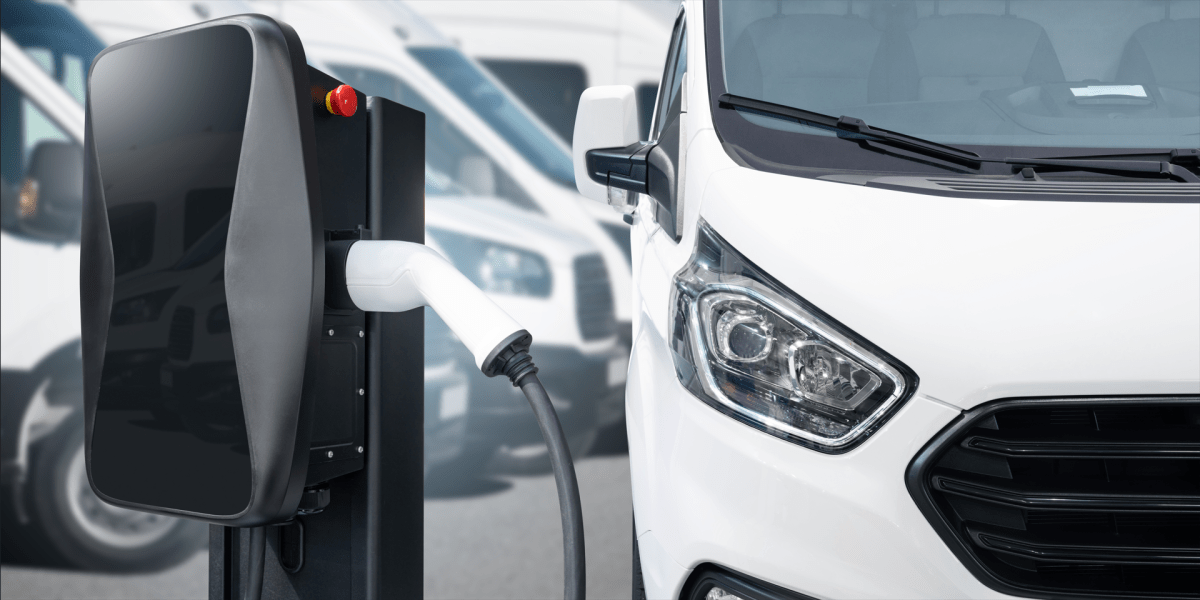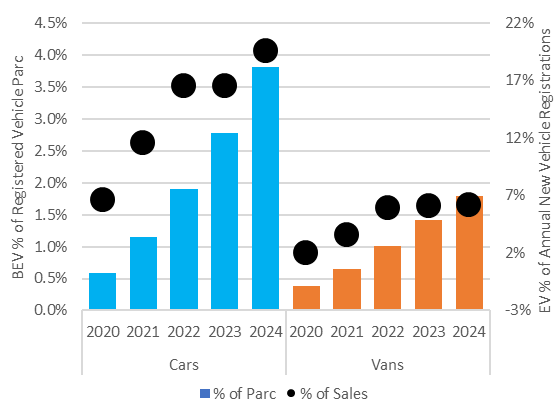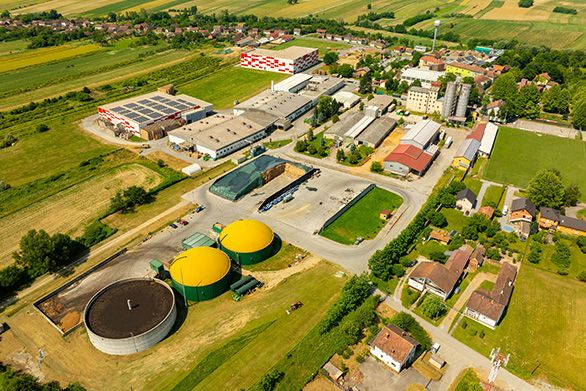What is Inhibiting the Uptake of Electric Vans?
Amid conflicting and often inflammatory headlines, what is the real state of our transition to electric vehicles?

Amid conflicting and often sensationalized headlines, what is the true state of our transition to electric vehicles (EVs)? Across Europe, government mandates are pushing us toward a turning point, after which demand for EVs and the necessary charging infrastructure will surge, driving us toward a zero-emission future.
Commercial vans are fundamentally different from cars. They are driven nearly every working day, cover more than twice the annual mileage of a typical car, and serve as essential tools for their operators, leaving little flexibility in how they are used.
In “ZEV Mandate – How Are We Doing?”, I discussed how the UK is largely on track with its mandated 2024 trajectory for new electric cars. The Department for Transport’s (DfT) public consultation on its Zero Emission Vehicle (ZEV) Mandate is an appropriate response to market concerns, and I anticipate a progressive outcome that addresses the Society of Motor Manufacturers and Traders’ (SMMT) call for “urgent intervention to safeguard the sector and Britain’s zero-emission vehicle transition.”
But while electric cars are performing well, how are electric vans faring? While battery-electric vehicles (BEVs) made up one in four new car registrations in 2024, the penetration of BEVs in new vans and other light commercial vehicles (LCVs) remains far behind at just 6%, significantly below the ZEV mandate target of 10%.

What’s Inhibiting the Uptake of BEV Vans?
The differences between personal vehicles and vans help define the key challenges inhibiting BEV adoption among van operators:
- Vehicle Capability: This is less of a barrier than many assume. While BEV, battery, and charging technologies are already sufficient for most car use cases, they are also well-suited for many van applications.
In January, Royal Mail, the UK's national postal service, announced the deployment of its 6,000th BEV van, and BT Group, a major British telecommunications company, placed its largest-ever commercial EV order—3,500 electric LCVs for its 27,000-vehicle Openreach fleet. While some operational challenges remain, major logistics, engineering, retail, and manufacturing fleet operators are proving that BEVs meet key requirements such as range and load capacity.
- Access to Energy: Electric vans charge affordably and efficiently at their operators’ depots. However, estimates suggest that only 20% of the UK’s five million vans park overnight in a depot. The majority are operated by small and medium-sized enterprises (SMEs) and park overnight at drivers’ homes, where home or convenient on-street charging is often unavailable.
For now, BEVs will require reliable, well-located, and competitively priced rapid or ultra-rapid charging (sometimes referred to as "hyper-rapid" charging). While shared charging infrastructure is occasionally proposed, I believe “shared” will ultimately mean public, retail-based charging. Unfortunately, this type of charging is scarce, and even less of it is designed for commercial vehicles.
- Financing and the Delayed Second-Hand Market: BEVs have higher upfront costs but benefit from lower fueling and maintenance expenses. While their total cost of ownership (TCO) can be competitive, the initial investment remains high.
New technologies like BEVs typically enter the van market through commercial leases, primarily used by larger fleet operators. Over time, these vehicles transition to the second-hand market, where SMEs acquire off-lease vans.
However, without a strong second-hand market, leasing companies struggle to predict accurate residual values, making it difficult to set monthly payments. High prices suppress demand for new vehicles, slowing sales and extending the life of existing diesel vans—ultimately raising operating costs for fleet operators already operating on tight profit margins.
So, What Next?
Arguably, neither of these last two inhibiting factors is addressed by the ZEV Mandate. In fact, both will continue to impede compliance with regulation, no matter the extent of related penalties. I expect that the public consultation around terms of the ZEV Mandate may accommodate the delay in the uptake of eLCVs, but that’s not a good thing as the UK’s van fleet, which comprises only about 12% of all UK vehicles, does as much as 25% of the miles and emits a correspondingly large percentage of greenhouse gas emissions.
Furthermore, the interim stretching of useful life that escalates TCO will very quickly degrade operators’ profitability, leading to a reduction in the number of operators (either through bankruptcy or simply having had “enough.”)
The Zero Emission Van plan set out by BVRLA, AFP, Logistics UK, RechargeUK, and the EV Café lays out “key asks” in supporting the ZEV Mandate objective of 70% eLCV penetration of new vans by 2030. The first two of these include a public sector address of increased fiscal support for BEV uptake (by larger fleets as well as SMEs drawing from the emerging second-hand market) and regulatory and fiscal support for improved charging. These are necessary interventions, and their need will eventually extend from vans to include heavy-duty lorries and other commercial vehicles.
Steer has been working with Transport for the South East (TfSE) on a pioneering approach to breaking an impasse between demand (i.e. van operators that can’t convert to BEV without a reliable, convenient, and competitively priced charging provider) and supply (i.e. private investment) by robustly identifying nascent demand to attract investment in commercially viable projects. This work will become increasingly critical as I understand from the Association of Fleet Professionals (AFP) that the constrained supply of diesel vans (a function of the ZEV Mandate) is already causing operators to stretch the life of their incumbent vehicles, which will quickly raise operating costs against already very fine profit margins.
Outside of policy interventions, our work with TfSE is a private-sector address, marshalling investment in commercially viable projects that accelerate the supply of charging resources “jump-started” by public-sector policy.
The electrification of vans and other commercial vehicle classes is critical to the UK’s energy and environmental transition. These inhibiting factors will prove tough to overcome and painful to vulnerable fleet operators. I don’t have many (or even any) answers, but the attraction of private capital to infrastructure development and vehicle finance seems critical parts of the puzzle.













